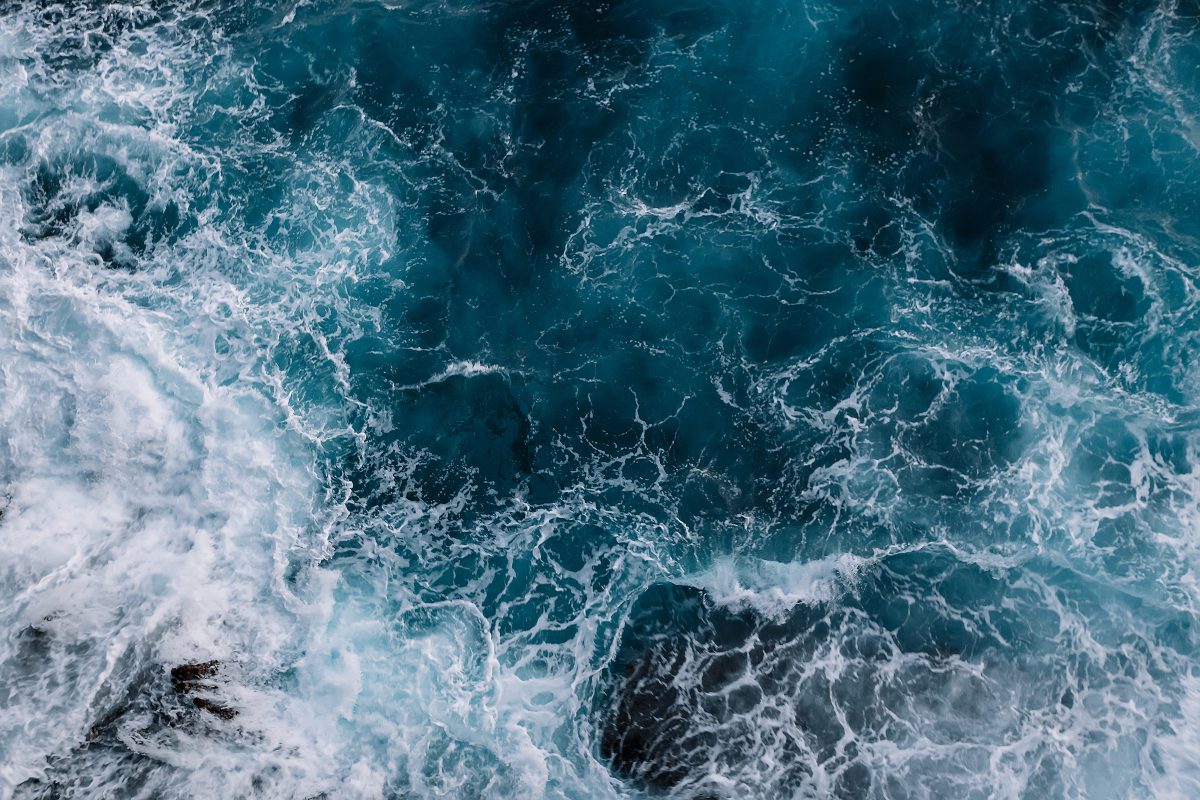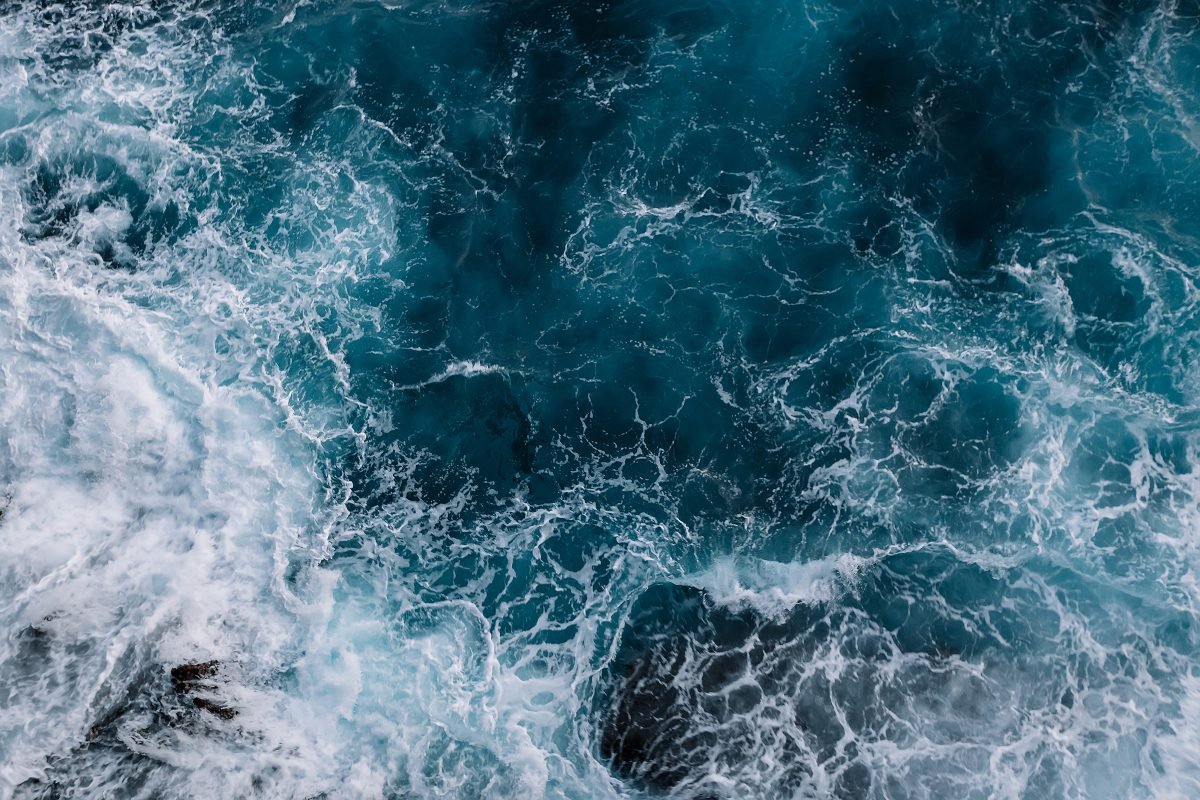
The emerging CO2 removal technology of Direct Ocean Capture (DOC) has been validated for commercial deployment by energy giant Equinor in what’s claimed as a major step forward for the method, announced on 12 November.
Much as its counterpart, the more widely explored CO2-removal method Direct Air Capture (DAC) removes carbon dioxide from the atmosphere, DOC removes it directly from seawater. Since the ocean contains much more CO2 (dissolved) than the atmosphere, commentators have suggested it might be more efficient and lower cost than DAC.1
Working with startup Captura, Equinor said the two firms had successfully completed a joint technology qualification program, validating Captura’s DOC system which uses seawater and renewable energy as its only inputs.
The system seems to work like a desalination plant, in one description,2 drawing in seawater, with 1% of it being processed by a proprietary system of electrodialysis, a process already used in desalination and other industries. Captura’s process, bipolar-membrane electrodialysis, uses a stack of ion-exchange membranes and electricity to split salt water into acid and base.3 The acid is transferred to the remaining seawater where it reacts with bicarbonate ions to form gaseous CO2 that bubbles out, and is extracted.
The water is then returned, and because its CO₂ content has been reduced, it will draw more CO₂ from the atmosphere.
It is described as a scalable and complementary approach to existing carbon management solutions.
Over the past two years, Equinor and Captura have collaborated closely to advance this approach, most recently evaluating the system’s design, operational stability, and performance during sustained operations.4
This effort culminated in “a rigorous, year-long qualification program at a joint 1,000-ton-per-year pilot facility in Kona, Hawaii”. The program tested the system against 20 critical performance metrics, including safety, operational reliability, CO₂ removal efficiency, and monitoring, reporting, and verification (MRV) “to ensure the technology meets the highest standards for commercial deployment”.
“This collaborative effort has not only de-risked the technology but also demonstrated its scalability through established test plans and milestones” said Lionel Ribeiro, Carbon Removal Manager at Equinor. “Captura’s ability to attract a diverse coalition of strategic partners further underscores the scaling potential.”
Captura is now assessing potential sites for its first commercial-scale DOC project. Design is already underway for a facility that captures between 30,000 and 50,000 tons of CO₂ annually, with multiple high-graded locations under consideration in Europe, the UK, and Asia-Pacific.
“This milestone with Equinor is a critical step in bringing direct ocean capture to market,” said Steve Oldham, CEO of Captura. “Equinor’s deep expertise as a global energy leader brought the rigor and critical perspective needed to validate our technology against the demanding standards required for large-scale deployment. We greatly value their partnership throughout this process and as we continue to prepare for commercial roll-out.”
Notes
[1] https://www.weforum.org/stories/2024/10/direct-ocean-capture-carbon-removal-technology/?utm_source=chatgpt.com
[2] https://spectrum.ieee.org/direct-ocean-carbon-capture?utm_source=chatgpt.com
[3] https://capturacorp.com/electrodialysis/?utm_source=chatgpt.com
[4] Press release, “Equinor and Captura validate Direct Ocean Capture for commercial deployment”, received on 12 November.

